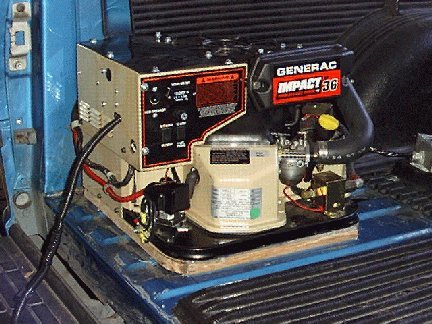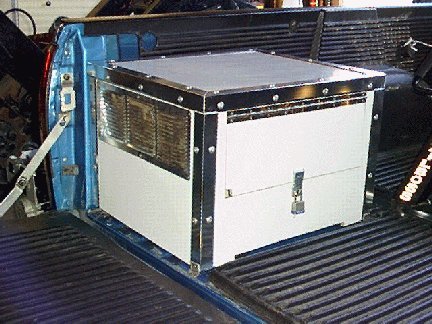Hello Gary:
Tough decision -- but an important one. Here are some thoughts based on my struggling with boondocking, gensets, and inverters in MH's, TT's, and a 5thW over 10 years of full time RVing.
>> I plan to get an inverter, and so I only plan to use the generator for charging the batteries and when I need to run the air conditioning.
====
What you may be overlooking here is what else can you do while the batteries are charging? You will want a genset that will charge the batteries "and" run the air at the same time. Or, allow you to watch TV, work on your computer or whatever. I never like to run my genset "just" to charge batteries.
>> I'd like to generator to be quiet.? I'd also like it to have the capability of remote starting (from inside the rig) and the capability to come on automatically if shore power is lost.? That way, I won't have to worry about our dog getting warm if we left her in the rig for a few hours during the afternoon (if shore power goes out).
====
Either portables or gensets built for RVs will be quiet enough to pass muster in Federal and State parks. So I would make the decision on a genset that will give you the power you need, when you need it. I would like to have a small portable at times just to charge, but when I figure at least a $1,000 for a 2000 Honda -- that will buy a lot of gas for my Onan 5000. When I had a 5thW, I went with a 3600 Generac RV genset. Unfortunately, I ran all my tests at sea level and overlooked the fact that gensets lose power at higher altitudes. I would now never advise less than a 4000 for a 30amp powered rig -- but also would advise having more power than needed rather than the possibility of less than needed. And would advise at least a 40amp 3 stage charger (and never an automotive charger).
>> Can portable gensets be rigged up to come on automatically and able to be remotely started?? I'm looking for the pros and cons of each style of genset (permanent and portable) for my planned application in terms of noise, convenience, cost and capability.
====?
Not sure of auto starting if shore power is lost. However, one reason I have not replaced my best friend ever pet is because after 10 years of full time RVing, I would never risk losing shore and/or genset power with an animal in my rig. When I did have a pet on board, I would never leave my rig on a hot day for more than a quick errand. If the shore or genset fails, the animal suffers or dies. Pure and simple.

The genset I had custom installed for my trailer and then the 5thW had remote start. I had mine custom installed in the bed of my truck. Actually, it was pretty unique and did not take up space in the trailer. The genset was behind the hitch in the truck bed, had a hole in the truck bed for the exhaust, had a line to the truck gas tank for fuel, and the starter was powered by the truck chassis battery. We installed a 30amp outlet on the genset housing to plug first my trailer, then 5thW in while parked. The housing was designed to allow the heavy breathing that gensets need to get rid of a tremendous amount of heat. A real important consideration if custom installed in your 5thW.
We did the tank thing vs. even considering a propane genset. We set the hose into the tank exactly as is done in a MH -- in that I would always have at least 1/4 tank to get to a station to refill. Propane gensets are less efficient plus take fuel from the other propane appliances in the rig. An important consideration when boondocking, be it hot or cold outside.
Gary, have attached a couple of pics of that Generac I had installed in my GMC truck. The 1st is the uncovered genset to show you how it was placed and installed. The line from the back was the remote that connected to the plug we built into the king pin. The 30Amp outlet is on the truck cab side of the box. I would plug in there vs. the shore outlet when boondocking. Sometimes I parked along side of the truck, and other times didn't even unhook. BTW, that puppy was "quiet". You could carry on a whispering conversation while standing right beside it.
Anyway -- FWIW, and i hope my thoughts help a bit . . .


